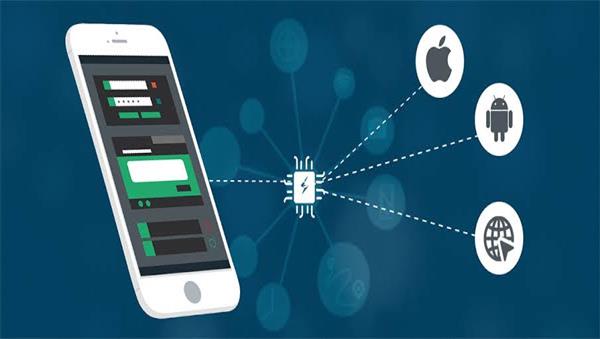Implementing network connectivity and handling HTTP requests is essential for Android apps that require communication with remote servers or APIs. Android provides several built-in classes and libraries that facilitate network operations. In this answer, we will explore how to implement network connectivity and handle HTTP requests in Android apps.

1. Check Network Connectivity:
Before making any network requests, it's important to check the device's network connectivity. Android provides the ConnectivityManager class, which allows you to monitor network connectivity and retrieve information about the network state. You can use methods like `getActiveNetworkInfo()` to determine if the device is connected to the internet and what type of connection is available (e.g., Wi-Fi, mobile data).
2. Network Operations on Background Threads:
Performing network operations on the main UI thread can cause the app to become unresponsive. To avoid this, it's recommended to execute network operations on background threads. One common approach is to use AsyncTask or, preferably, newer options like Kotlin coroutines or the RxJava library to handle asynchronous operations. These tools simplify the management of background tasks and provide better control over network requests.
3. HTTP Requests with HttpURLConnection or HttpClient:
Android provides two primary options for making HTTP requests: HttpURLConnection and HttpClient. HttpURLConnection is a built-in class that allows you to establish connections and make HTTP requests. It provides methods for configuring headers, request methods (GET, POST, etc.), and handling response codes. HttpClient, on the other hand, is an older library that offers more advanced features and flexibility for handling HTTP requests. However, starting from Android 6.0 (API level 23), HttpClient is deprecated, and developers are encouraged to use HttpURLConnection or other third-party libraries like OkHttp or Retrofit.
4. Third-Party Libraries: OkHttp and Retrofit:
Third-party libraries provide more advanced features, better performance, and simplified API for handling HTTP requests in Android apps. OkHttp is a popular library that offers a powerful and efficient HTTP client with features like connection pooling, request/response interception, and easy integration with other libraries like Gson for JSON parsing. Retrofit is another widely used library that simplifies HTTP requests by providing a high-level API and automatic serialization/deserialization of JSON data. Retrofit also supports various request/response converters and supports RxJava for reactive programming.
5. Error Handling and Response Parsing:
When making HTTP requests, it's important to handle errors and parse the responses appropriately. Handling network errors, timeouts, and server responses is crucial for a robust app. You can check for response codes (e.g., 200 for success, 404 for not found) and handle different scenarios accordingly. For parsing JSON or XML responses, you can use libraries like Gson or Jackson, which convert the response into Java objects for easy consumption.
6. Security Considerations:
When making network requests, it's essential to consider security. If you're communicating with an API over HTTPS, ensure that you're using secure connections. You may need to handle SSL certificates, establish secure connections, or implement authentication mechanisms like OAuth or token-based authentication.
In conclusion, implementing network connectivity and handling HTTP requests in Android apps involves checking network connectivity, performing network operations on background threads, making HTTP requests using HttpURLConnection or third-party libraries like OkHttp or Retrofit, handling errors and parsing responses, and considering security aspects. By following these practices, you can create Android apps that effectively communicate with remote servers or APIs and provide a smooth user experience.